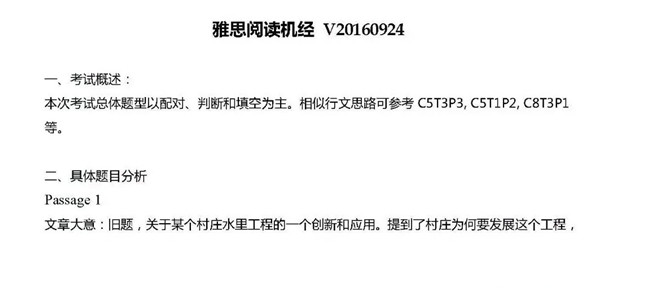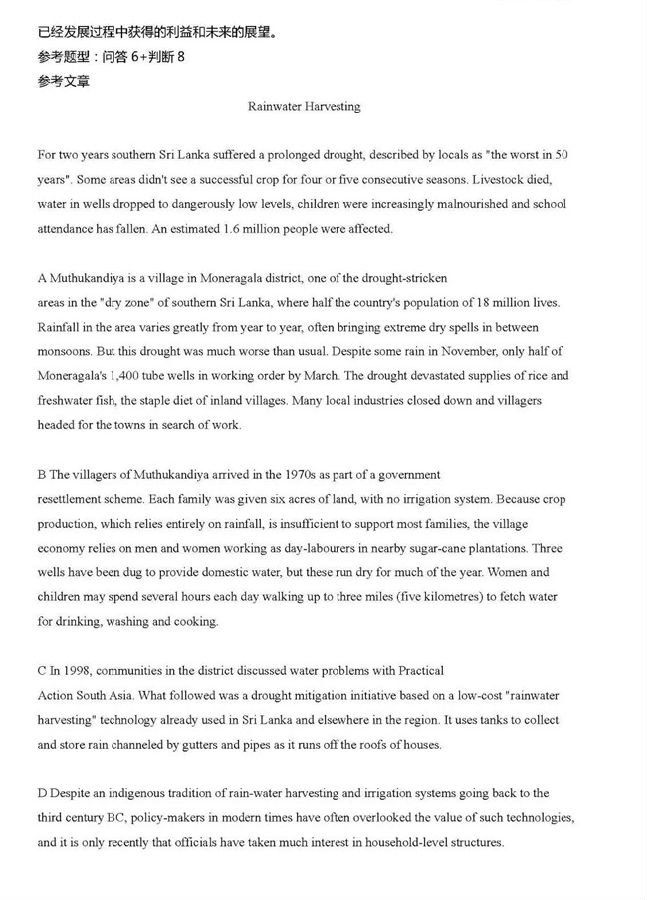

Governmentand other programs have, however, been top-down in their conception andapplication, installing tanks free of charge without providing training in theskills needed to build and maintain them properly. Practical Action SouthAsia's project deliberately took a different approach, aiming to build up alocal skills base among builders and users of the tanks, and to createstructures and systems so that communities can manage their own rainwaterharvesting schemes.
E Thecommunity of Muthukandiya was involved throughout. Two meetings were held wherevillagers analyzed their water problems, developed a mitigation plan andselected the rainwater harvesting technology. Two local masons received severaldays' on-the-job training in building the 5,000 litre household storage tanks:surface tanks out of retro-cement and underground tanks out of brick. Eachsystem, including tank, pipes, gutters and filters, cost US$195 - equivalent toa month's income for an average village family. Just over half the cost wasprovided by the community, in the form of materials and unskilled labor.Practical Action South Asia contributed the rest, including cement, transportand payment for the skilled labor. Households learned how to use and maintainthe tanks, and the whole community was trained to keep domestic water suppliesclean. A village rainwater harvesting society was set up to run the project. Todate, 37 families in and around Muthukandiya have storage tanks. Evaluationsshow clearly that households with rainwater storage tanks have considerablymore water for domestic needs than households relying entirely on wells andponds. During the driest months, households relying entirely on wells andponds. During the driest months, households with tanks may have up to twice asmuch water available. Their water is much cleaner, too.
F Nandawathie, a widow in the village, has taken full advantage of the opportunitiesthat rainwater harvesting has brought her family. With a better water supply nowclose at hand, she began by growing a few vegetables. The income from sellingthese helped her to open a small shop on her doorstep. This increased herearnings still further, enabling her to apply for a loan to install solar powerin her house. She is now thinking of building another tank in her garden sothat she can grow more vegetables. Nandawathie also feels safer now that she nolonger has to fetch water from the village well in the early morning or lateevening. She says that her children no longer complain so much of diarrhoea.And her daughter Sandamalee has more time for school work.
G In theshort term, and on a small scale, the project has clearly been a success. The challenge lies in makingsuch initiatives sustainable, and expending their coverage. At a purelytechnical level, rainwater harvesting is evidently sustainable. InMuthukandiya, the skills required to build and maintain storage tanks weretaught fairly easily, and can be shared by the two trained masons,











